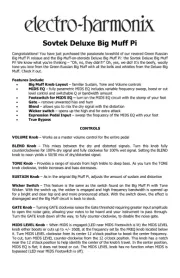Electro Harmonix Pico Attack Decay Handleiding
Electro Harmonix
Niet gecategoriseerd
Pico Attack Decay
Bekijk gratis de handleiding van Electro Harmonix Pico Attack Decay (4 pagina’s), behorend tot de categorie Niet gecategoriseerd. Deze gids werd als nuttig beoordeeld door 11 mensen en kreeg gemiddeld 4.4 sterren uit 6 reviews. Heb je een vraag over Electro Harmonix Pico Attack Decay of wil je andere gebruikers van dit product iets vragen? Stel een vraag
Pagina 1/4

PICO
ATTACK DECAY
User Manual
Tape Reverse Simulator

8
9
1 2
5
6
6
3 4
7
VOL SENS
ATTACK
POLY
DECAY
Power Suppy Requirements: Voltage: 9VDC Current: 100mA Polarity: Center-Negative
This device comes equipped with an Electro-Harmonix 9.6DC-200 power supply. Use of the wrong adapter or a
plug with the wrong polarity may damage the device and void the warranty. Do not exceed 10.5VDC on the power
plug. Power supplies rated for less than 100mA may cause the device to act unreliably.
Welcome to the Electro-Harmonix Pico Attack Decay.
The original Attack Decay Tape Reverse Simulator is known
for producing volume and reverse swells, backward tape
sounds, artificially short staccato notes, and bowed instru-
ment effects. In 2019 the digital Attack Decay reissue was
released, and now the Pico Attack Decay gives us volume
envelope effects in a simplified, compact package. The
Pico Attack Decay allows you to dial in volume swells and
decays, both in mono mode—one volume envelope for all
notes you play—and poly mode—each note has its own
volume envelope.
Operating Instructions
Insert the output plug from the supplied 9VDC AC adapter
into the power jack at the top of the Pico Attack Decay.
The unit must be powered to pass signal, even in bypass.
The pedal features buffered analog bypass or digital
bypass depending on settings. Connect an instrument
cable from your instrument to the Input jack. Connect an
instrument cable between the Output jack and a suitable
amplifier. Click the footswitch to engage the Pico Attack
Decay and light the LED.

Controls & Jacks
1. VOL Controls the output volume.
2. SENS Controls the sensitivity of the Pico Attack
Decay to new notes. As SENS is turned clockwise,
the more easily your playing will trigger and reset
the volume envelope.
3. ATTACK As you turn ATTACK knob clockwise,
the attack time increases. Turn the ATTACK knob
to minimum to disable the attack portion of the
envelope.
4. DECAY Sets the fade-out speed of the volume
envelopes. As you turn DECAY knob clockwise, the
decay time increases. Turn the DECAY knob to maxi-
mum to disable the decay portion of the envelope.
5. POLY Button Press this button to choose your
volume envelope mode:
Green – Mono Mode The entire signal goes through
one volume envelope. Any time you play a new note
or chord, the volume envelope resets, affecting
every note you are playing or sustaining.
Orange – Poly Mode Each note has its own volume
envelope and therefore multiple volume envelopes
are active at one time.
6. Footswitch and Status LED Footswitch engages
or bypasses the effect. The LED color indicates
the envelope type. In bypass mode, the LED is off.
7. Input Jack Impedance: 2.2MΩ, Max In: +1.5 dBu
8. Output Jack Impedance: 680Ω, Max Out: +2.1 dBu
9. Power Jack Current draw: 100mA at 9.0VDC
Blend Control
The Pico Attack Decay has a hidden Blend control
to allow you to adjust the output mix from 100%
dry to 100% wet. Blend is set to 100% wet from
the factory. To access Blend, do the following:
1. Press and hold the POLY button
2. After two seconds, the LED begins to blink.
Release the POLY button.
3. While the LED is blinking, the SENS knob acts
as a Blend control. Turn SENS until you find the
perfect balance between wet and dry.
4. To save the Blend setting, press and hold the
POLY button again. After two seconds, the LED
stops blinking. Blend is now set.
The Blend setting is remembered through pow-
er-cycles so you can set it and forget it.
Product specificaties
| Merk: | Electro Harmonix |
| Categorie: | Niet gecategoriseerd |
| Model: | Pico Attack Decay |
Heb je hulp nodig?
Als je hulp nodig hebt met Electro Harmonix Pico Attack Decay stel dan hieronder een vraag en andere gebruikers zullen je antwoorden
Handleiding Niet gecategoriseerd Electro Harmonix
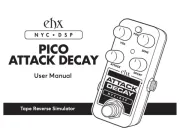
15 Mei 2025

2 April 2025

1 April 2025

4 December 2024

16 November 2024

16 November 2024

16 November 2024

16 November 2024

12 November 2024
Handleiding Niet gecategoriseerd
- Twisper
- Cylinda
- DiGiGrid
- Fender
- Elsner
- SolarEdge
- Targus
- Germania
- Rothenberger
- VAX
- Porter-Cable
- Sideclick
- Hom-io
- BakkerElkhuizen
- Grotime
Nieuwste handleidingen voor Niet gecategoriseerd
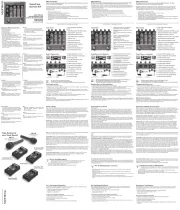
2 Augustus 2025
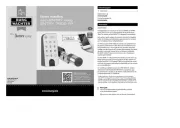
2 Augustus 2025
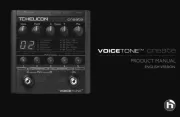
2 Augustus 2025
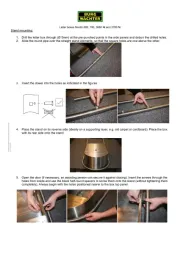
2 Augustus 2025
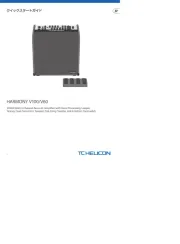
2 Augustus 2025

2 Augustus 2025
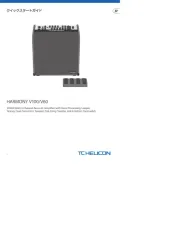
2 Augustus 2025
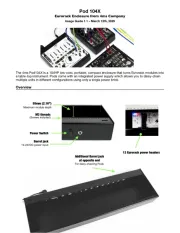
2 Augustus 2025

2 Augustus 2025
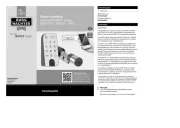
2 Augustus 2025
